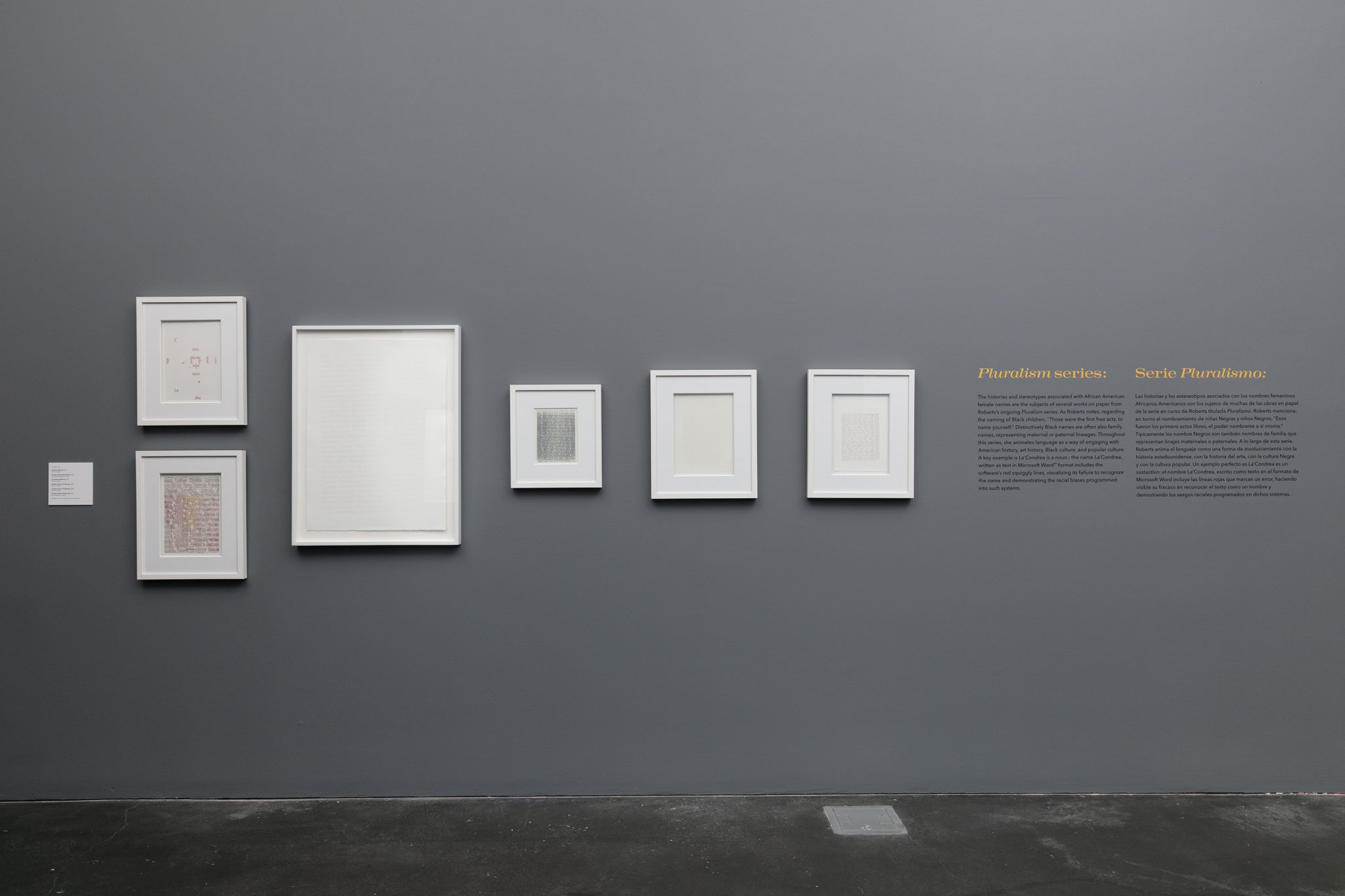

Deborah Roberts: I’m features all new work by the Austin-based artist (American, born 1962 in Austin, Texas), including collages, paintings, a sound and video installation, and text-based works on paper. Roberts critiques notions of beauty, the body, race, and identity in contemporary society.
Roberts's mixed media works on paper and on canvas combine found images, sourced from the Internet, with hand-painted details in striking figural compositions that invite viewers to look closely and to see through the layers. She focuses her gaze on Black children—historically, and still today, among the most vulnerable members of our population—investigating how societal pressures, projected images of beauty or heroicism, and the violence of American racism condition their experiences growing up in this country as well as how others perceive them. Simultaneously brave and insecure, playful and serious, powerful and vulnerable, the figures Roberts depicts are complex, as well as, occasionally, based on actual living or historical persons.
As the artist noted in an interview for her 2018 exhibition at the Spelman College Museum of Fine Art, “What I want as an artist is for the viewer to see that face, first and foremost, as the face of a child because that’s the image I think you need to come to. I tell my audiences that this is the idea—to ‘see’ that little girl! I am also hoping they see vulnerability, strength, and beauty. If you can find yourself in her face, then you can see and embrace your own humanity. Once you see me as human, then we can coexist equally. That’s the basis of the work.”
In addition to representational imagery, the artist also makes text-based works, juxtaposing words in ways that expose racism and racial biases entrenched in language and linguistic systems. For example, in her series of prints entitled Pluralism, 2016, the artist typed out in Microsoft Word a list of names commonly given to Black females (e.g., Denisha, Latifah, Mikayla, Shemika). The works show the result, as the software automatically underlined these names in red, signifying their illegibility. These text works, like her collages and paintings, fit within the artist’s broader dialogue engaging American history, art history, black culture, and popular culture.






















